A satellite has revealed ancient Martian rivers in more detail than ever before.
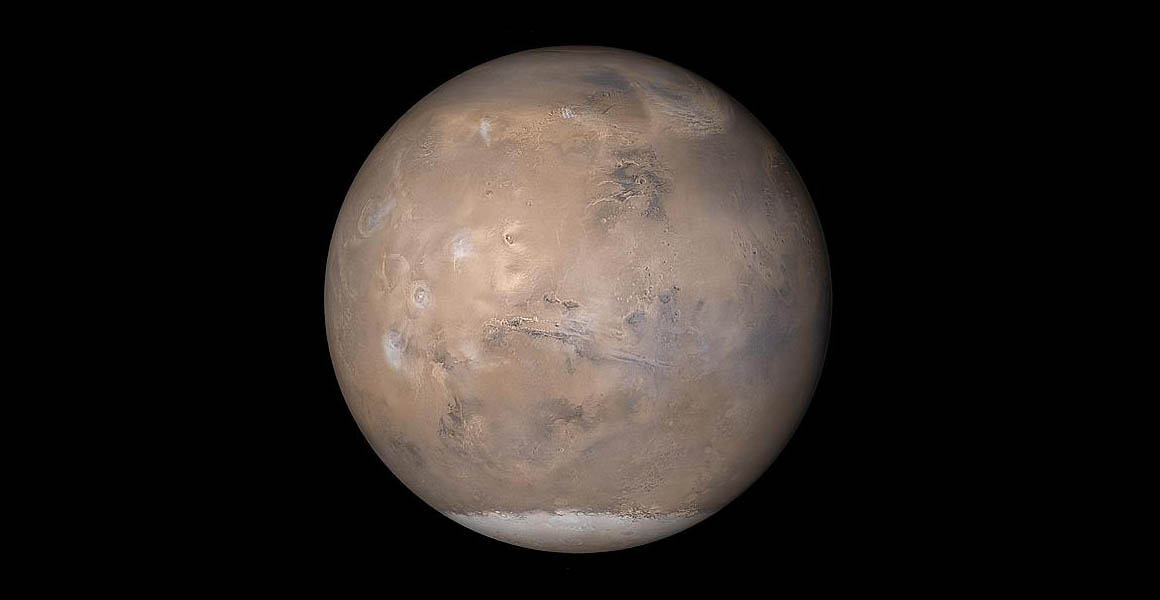
Researchers have spent decades looking for evidence of ancient water on Mars. As technology has progressed, more evidence has come to light that rivers, lakes and even oceans were once abundant on the red planet.
Modern Mars is icy and dusty and unlikely to have much liquid water on the surface, if any at all. But billions of years ago, Mars was warmer and could have had enough liquid water to support life. In fact, experts think Mars is one of the most likely places we will find evidence of extraterrestrial life.
A high-resolution satellite has captured detailed images of a rocky Martian cliff face revealing that it was formed by rivers more than 3.7 billion years ago. That is roughly the same time that life was starting to begin on Earth.
It's the first time that scientists have been able to examine these kinds of rocks up close.
Geologists Dr Francesco Salese and William McMahon from Utrecht University, the Netherlands, were supported by an international team including Dr Matt Balme at the Open University and Dr Joel Davis, a postdoctoral researcher at the Museum. Their findings are published in the journal Nature Communicationsopens in a new window.
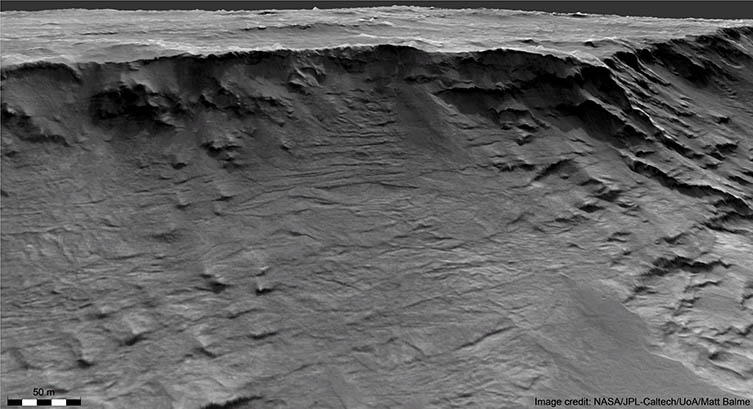
The satellite image of the exposed Martian cliff face © NASA JPL-Caltech UoA Matt Balme & William McMahon
Joel says, 'We've never seen an outcrop with this amount of detail on it that we can definitely say is so old. This is one more piece of the puzzle in the search for ancient life on Mars, providing novel insight into just how much water occupied these ancient landscapes.'
The team examined images of taken by NASA's High Resolution Imaging Science Experiment (HiRISE) on the Mars Reconnaissance Orbiter spacecraft. The images were taken inside the enormous Hellas impact crater in the southern Martian hemisphere, one of the largest impact craters in the solar system.
A 200-metre-thick stack of layered rocks are visible within the cliff walls, shown in enough detail that Joel and his colleagues could be sure they are sedimentary rocks, formed by running water. The rivers would have continuously shifted their gullies, creating sandbanks.
The images also show that the river processes that formed these rocks occurred over a very long time period.
Joel explains, 'The rivers that formed these rocks weren't just a one-off event - they were probably active for tens to hundreds of thousands of years.'
This evidence bolsters hope that sedimentary rocks from this period could be ideal for the search for evidence of past life on Mars.
William McMahon, co-lead author of the paper, says, 'Here on Earth, sedimentary rocks have been used by geologists for generations to place constraints on what conditions were like on our planet millions or even billions of years ago.
'Now we have the technology to extend this methodology to another terrestrial planet, Mars, which hosts an ancient sedimentary rock record that extends even further back in time than our own.'
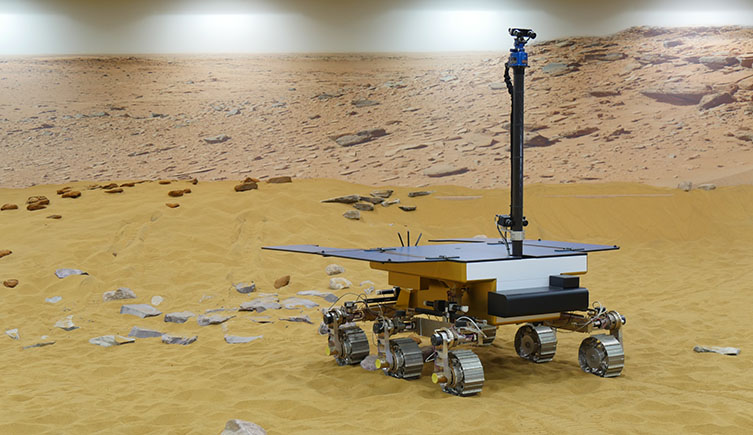
The ExoMars rover prototype Bruno. ExoMars 2020 will be the first mission to take core samples from deep within the Martian surface.
ExoMars
In 2022, the European Space Agency (ESA) is due to launch the Rosalind Franklin ExoMars Rover, which will explore similar terrains to determine whether there has ever been life on Mars, and to better understand the history of water on the planet.
Joel and his colleagues at the Museum will help the ESA team to interpret the rover's findings. These new images are a great sign that the rover could be successful in its mission.

Explore space
Discover more about the natural world beyond Earth's stratosphere.
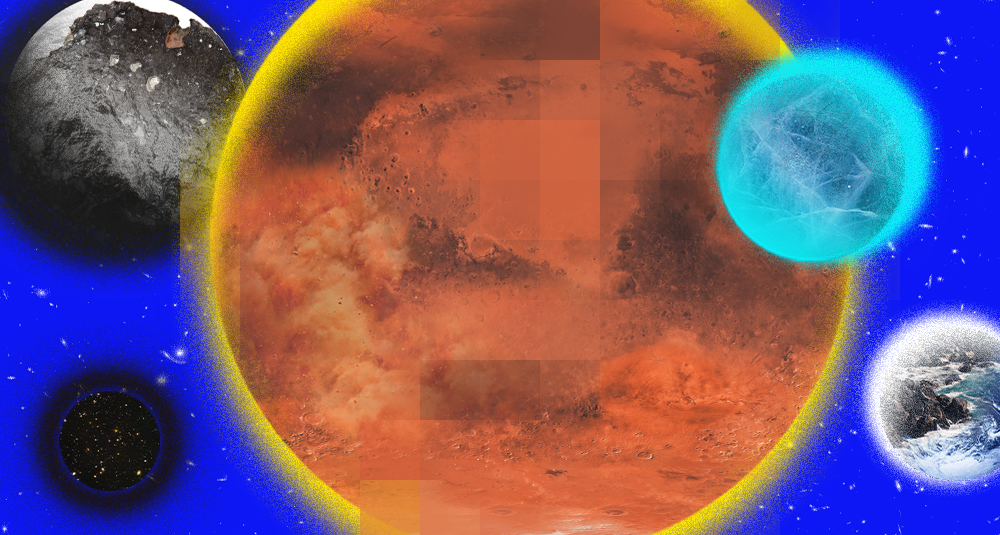
Space: Could Life Exist Beyond Earth?
Find out in our latest exhibition! Snap a selfie with a piece of Mars, touch a fragment of the Moon and lay your hands on a meteorite older than our planet.
Open now
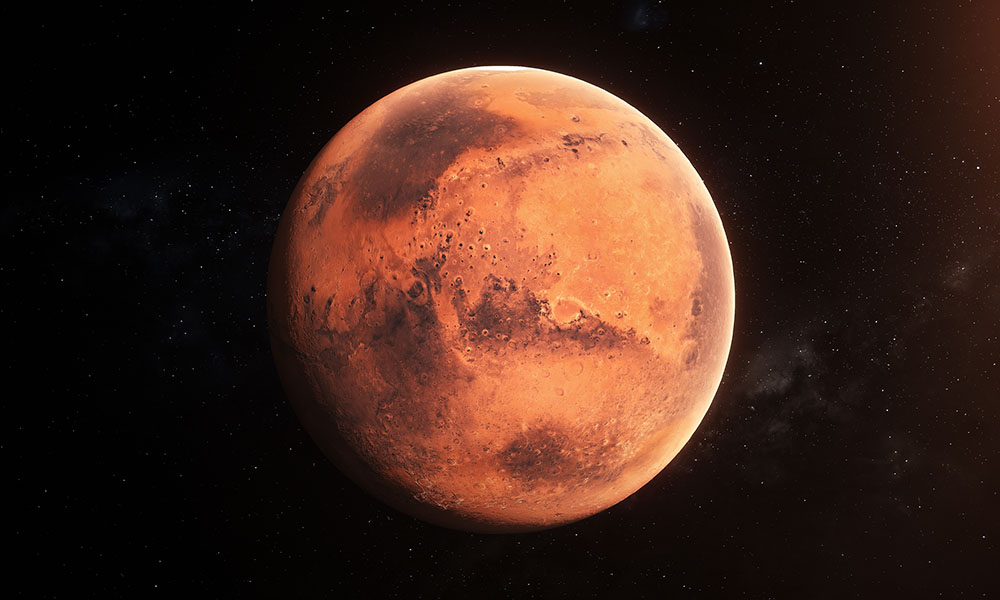
No spacesuit? No problem!
Explore the red planet from the comfort of Earth in our new online course.

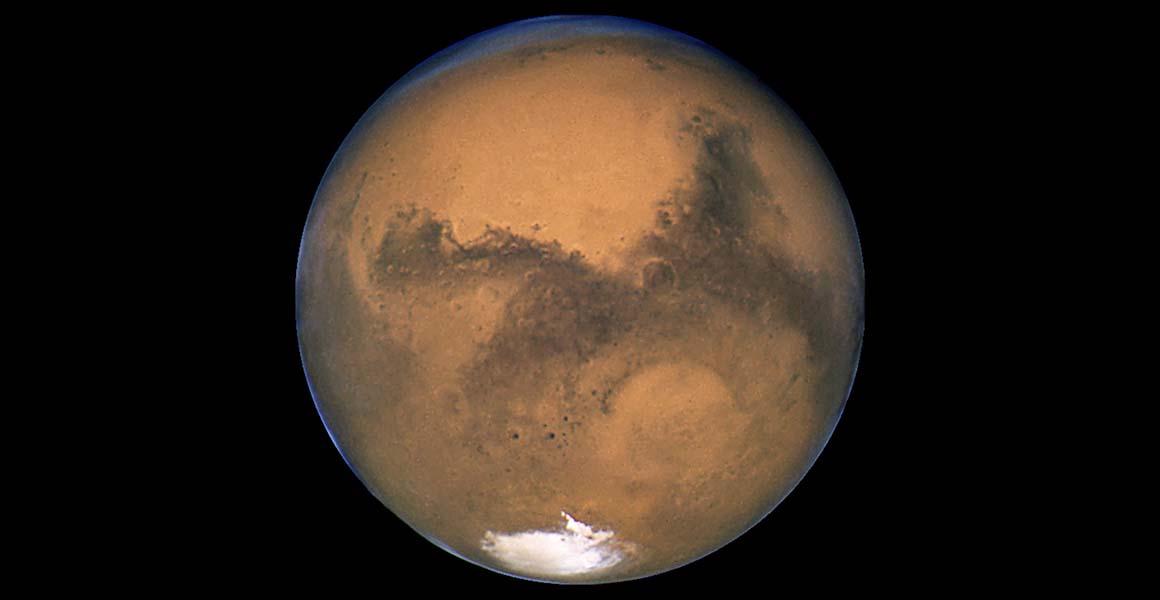
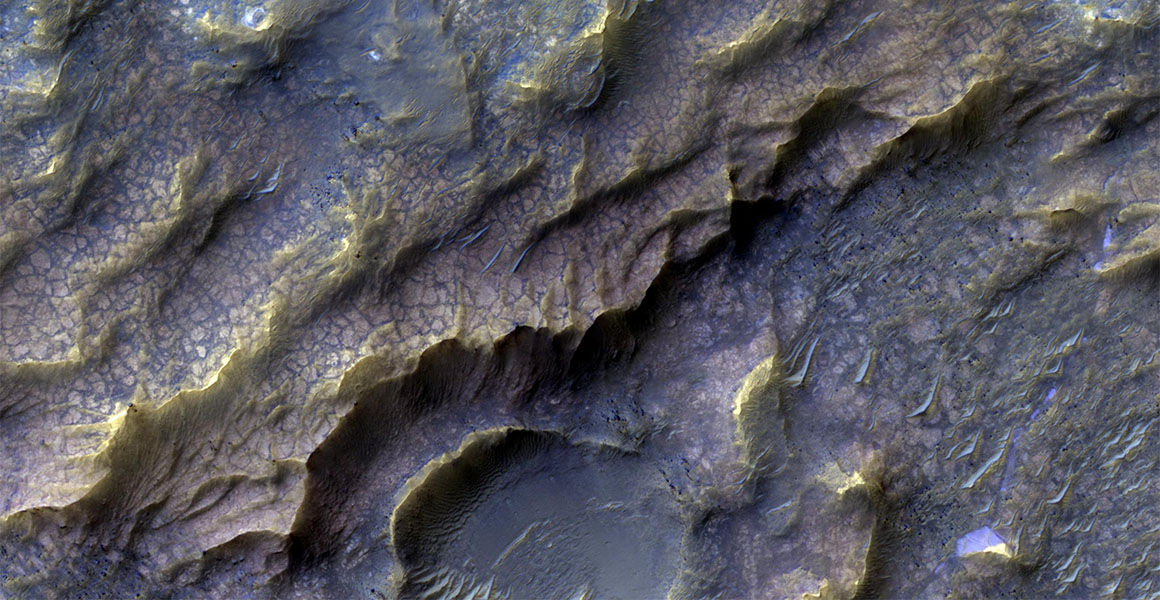
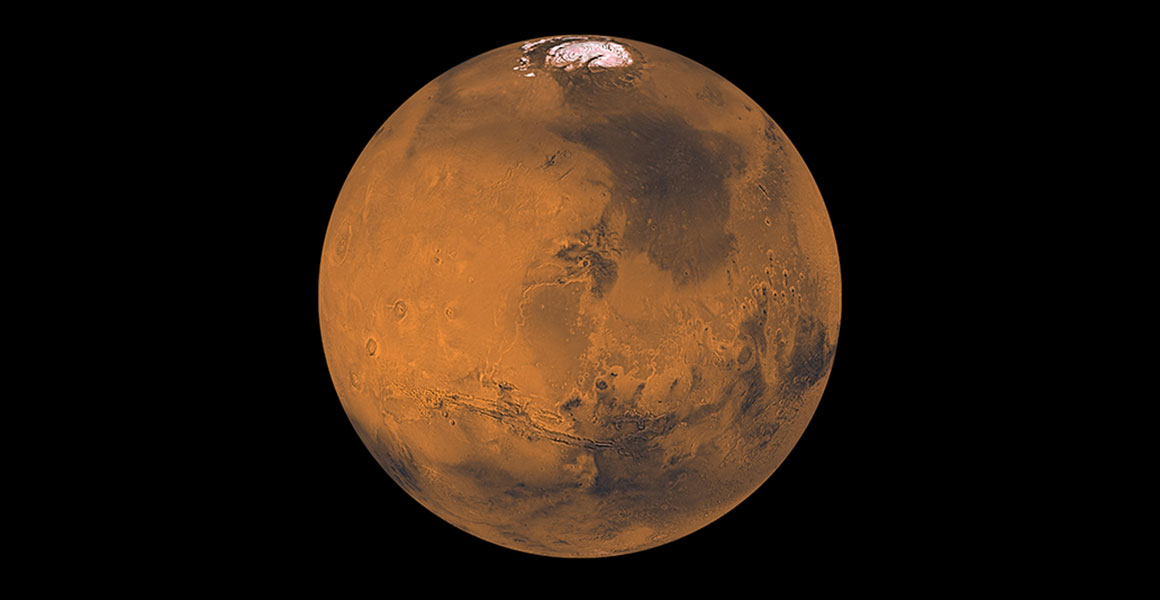
Don't miss a thing
Receive email updates about our news, science, exhibitions, events, products, services and fundraising activities. We may occasionally include third-party content from our corporate partners and other museums. We will not share your personal details with these third parties. You must be over the age of 13. Privacy notice.
Follow us on social media